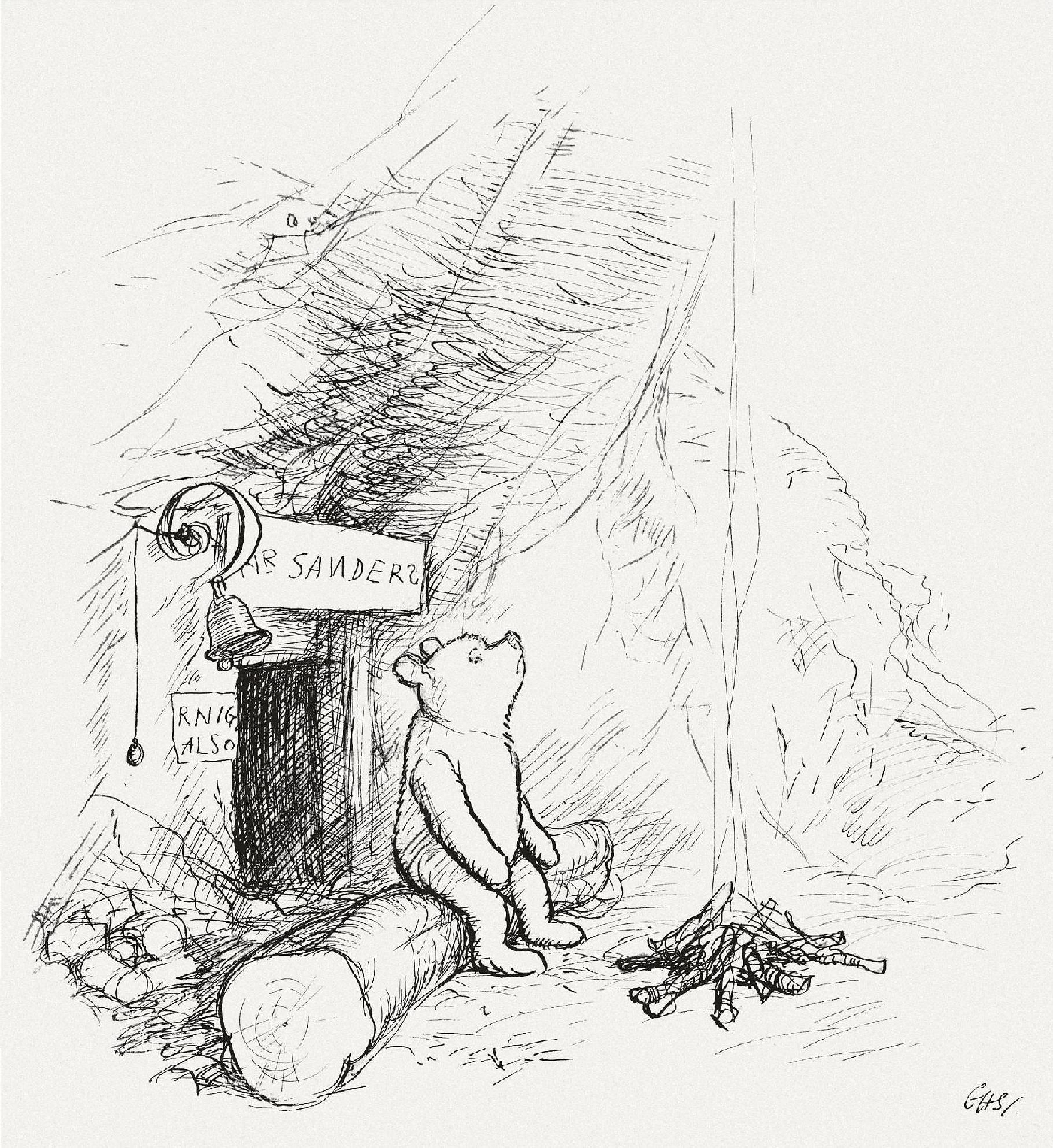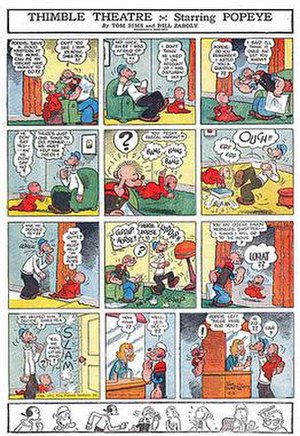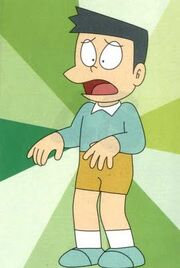Mr. Bean
From Wikipedia, the free encyclopedia
This article is about the original television programme. For other uses, see Mr. Bean (disambiguation).
| Mr. Bean | |
|---|---|
 Opening titles from episodes 4–14 | |
| Genre | Sitcom |
| Format | Physical comedy Visual comedy |
| Created by | Rowan Atkinson Richard Curtis |
| Starring | Rowan Atkinson |
| Country of origin | United Kingdom |
| No. of episodes | 14 (List of episodes) |
| Production | |
| Executive producer(s) | Peter Bennett-Jones |
| Producer(s) | Sue Vertue |
| Running time | 25 minutes[1] |
| Production company(s) | Tiger Aspect Productions Thames Television (1990–93) |
| Distributor | FremantleMedia (formerly Pearson Television International) (1990–95) |
| Broadcast | |
| Original channel | ITV |
| Picture format | 4:3 |
| Audio format | Stereo |
| First shown in | 1 January 1990 |
| Original run | 1 January 1990 – 15 November 1995 |
| Chronology | |
| Followed by | Bean: The Ultimate Disaster Movie |
| Related shows | Mr. Bean (animated) |
| External links | |
| Official website | |
Based on a character originally developed by Atkinson while he was studying for his master's degree at Oxford University, the series follows the exploits of Mr. Bean, described by Atkinson as "a child in a grown man's body", in solving various problems presented by everyday tasks and often causing disruption in the process.[3] Bean rarely speaks, and the largely physical humour of the series is derived from his interactions with other people and his unusual solutions to situations. The series was influenced by physical performers such as Jacques Tati and comic actors from silent films.[3]
During its five-year run, the series gained large UK audience figures, including 18.74 million for the 1991 episode "The Trouble with Mr. Bean".[4] The series has been the recipient of a number of international awards, including the Rose d'Or. The show has been sold in 245 territories worldwide, and has inspired an animated cartoon spin-off, two feature films, and









 Added by
Added by 


